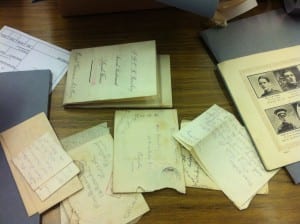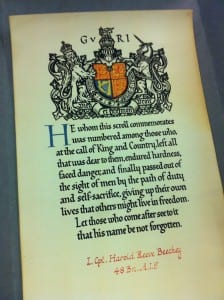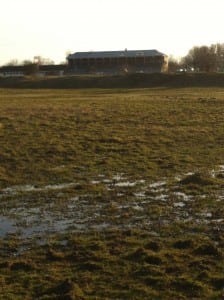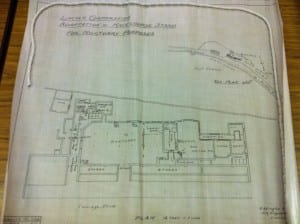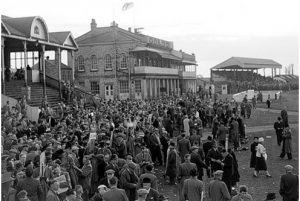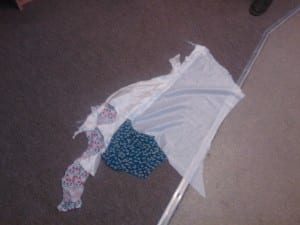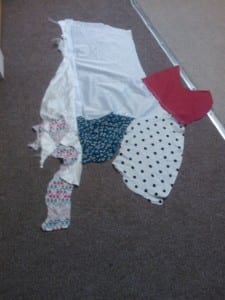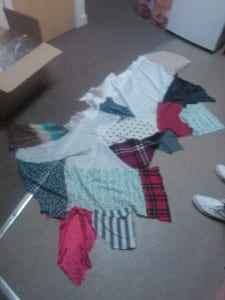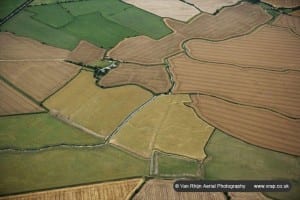On a visit to Lincolnshire life archives our process began clearly focused around the true life stories we had discovered here. Taking the attitude or the drifting, explorative and keen to gain more and untold knowledge, we discovered the story of the Beechey Bother. The Beechey Brothers were a group of 8 brothers that lived with their mother Amy, on Monks Road. All 8 brothers fought the Great War and only 3 returned, there is only one case in which as many brothers died at war which has been documented and that was in Gloucester. Upon researching the Lincolnshire boys lost in the Great War at the Lincolnshire archives, we stumbled across this case, which we found it was colored with letters, documents, and soberingly, death certificates. Amy Beechey who received praise from the king and Queen for her sacrifice, also recieved hundreds of letters from all sons, who were stationed from the front line at the Somme, to a battalion in Australia, in varying parts of the Lincolnshire regiment. The tragic loss and heart wrenching letters, to say the least struck a cord with me and Lauren, who both felt the story of the Beechey Brothers needed to be told more.
In all plain truth, Iam struggling with how to present the tale in a honest, pure way, that will not try and replicate or mimick characters, so much to the point wether I was unsure if I could present the story and legend in a dignified performance and the thought mildly daunted me. But when presenting the subject matter of the letters and boys tales to a class it was described as ‘Lincolns Story’. Aswell as being personal to the grandstand, the human story is personal to all of us, aswell as the geography which merely highlights how close we are to such a travesty in history. It was from then that I came to realisation of how the story is told is not as important, but its being told is nesscsary, to think it is brushed under the carpet and left as unappreciated as the grandstand some believe is, doesn’t seem just to the Beechey family, and Lincoln as a City. When commended by the Queen on her sacrifice Amy Beechey replied with ‘ It was no sacrifice M’aam. I did not give them willingly’ ((http://www.thelincolnshireregiment.org/beechey.shtml)) This quote rapidly became a focal point to the way in which I want to fill the tragic story, the idea of regret aswell as honour seems crucial, poignant themes, that are left after hearing ‘ Lincolns Story’, that we will be ensure to present.
After being so touched by these story we planned upon a visit to the Lincoln Life Museum that our findings should be explicitly about the Beechey family and the sheer mass of life lost we found heartbreaking. Ironically enough when at the museum we were similar taken back with our findings surrounding lost on and even greater scale.
